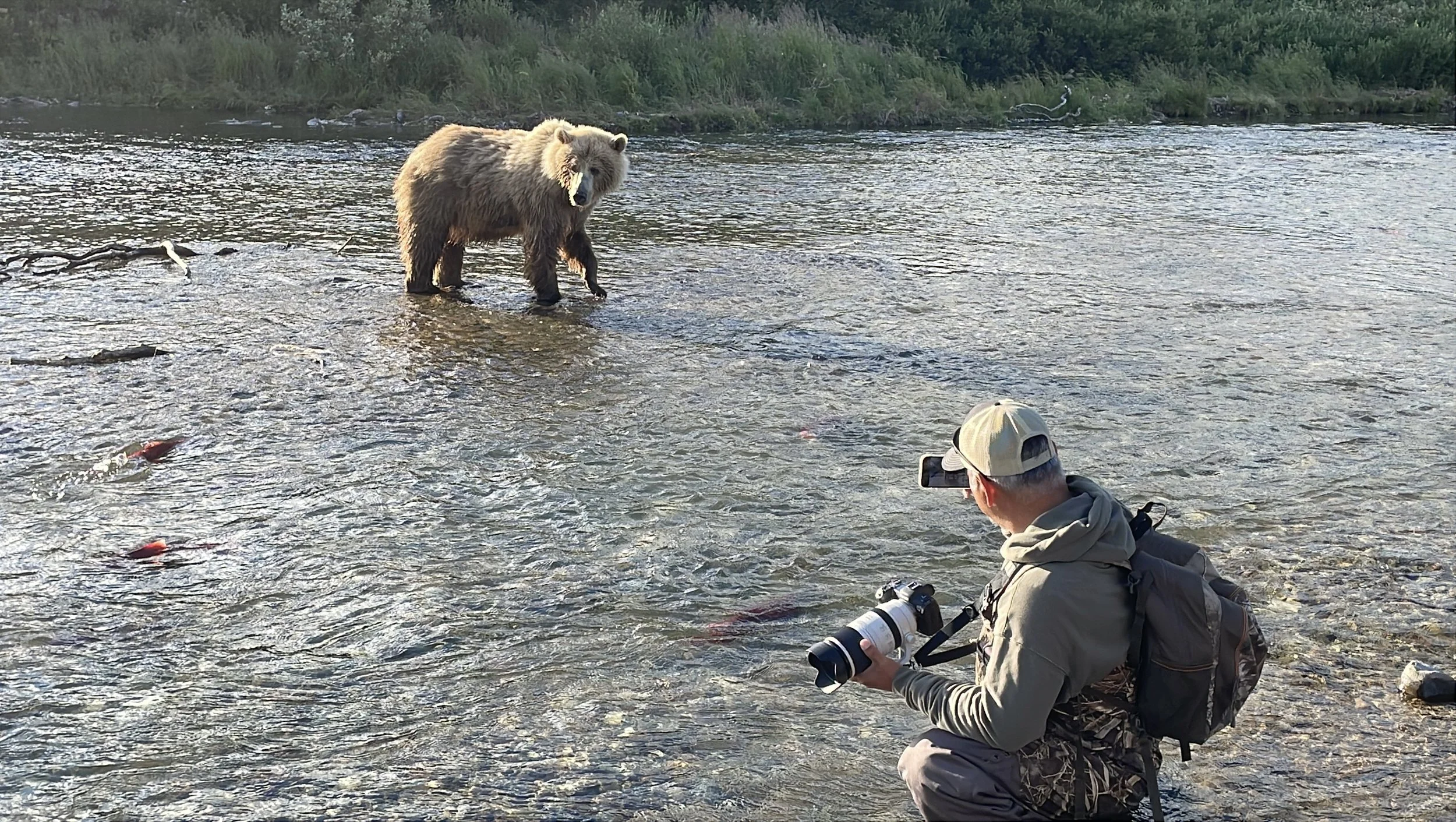In wildlife photography, we’re taught to chase the shot, to anticipate, to prepare, to capture the moment when everything aligns.
But every once in a while, the moment comes… and the shot doesn’t.
And that’s okay.
Image by Ines Goovaerts
I’ve missed more shots than I’ve taken. I’ve been in the perfect position to take the picture when the animal moves into perfect light, while I was still fumbling with my settings, and I didn’t get the shot.
Some of those missed shots still sting… probably always will.
But others have become the ones I cherish most.
Because being there, fully there, was more powerful than any photo I could have taken.
There’s a kind of magic in the moment that doesn’t let itself be captured.
You experience it with your whole body: the light, the movement, the presence of something wild that is also curious about you. And when you lift your camera and miss the focus, or the animal moves away, or the settings are wrong, it doesn’t erase the magic.
It just reminds you… you’re not in control.
That’s the truth of this work. We can train, study behavior, know our gear, scout the light—but in the end, nature decides.
And that’s what makes the shot, when it comes, so meaningful.
Because the ones you don’t get?
They shape you.
They sharpen your eye.
They teach you what the camera can’t.
Sometimes, those moments, the ones no one else sees, the ones only you were present for, become the ones that stay with you the longest.
And maybe that’s the real image you came for.
Thank you for reading our Blog.
*New Blogs posted 3–4 times a week. (sometimes more.)
Follow along for fresh stories, trip updates, and raw moments from the wild.



















